A quiet town in Latvia has just gained UNESCO status, drawing attention to all that Latvia has to offer tourists.
Between Estonia and Lithuania lies the pristine park of Latvia.
A geographical tapestry of sea, lakes and woods, the small town is perfect for trekking, cycling or relaxing on the white sandy beaches.
Each season offers unique experiences. In spring, boat trips. During the summer months, sun-kissed beaches. Autumn reveals glorious colors along the Gauja Valley and in winter ski slopes.
What can you do in the Latvian city recently crowned a UNESCO World Heritage Site?
Kuldīga, a city in western Latvia, was recently awarded UNESCO World Heritage status in recognition of its “outstanding universal value to humanity.”
“Kuldīga is an exceptionally well-preserved example of tradition urban settlement, which developed from a small medieval village into an important administrative center of the Duchy of Courland and Semigallia between the 16th and 18th centuries,” says the United Nations organization.
Maintaining largely the same street layout for centuries, the city features traditional wooden architecture and foreign-influenced styles that illustrate the rich exchange between local and itinerant artisans from around the world. Baltic sea.
Kuldīga’s tiled roofs and winding streets line the Aleksupite River, earning the city the nickname “Venice of Latvia”.
The sleepy city is perfect for slow explorations along cobblestone streets, lazy afternoons sitting by the river and Cooling dips in the Venta waterfall.
A few kilometers outside the city are the Riežupe Sand Caves, a labyrinthine network of man-made tunnels created in the 18th century. It is the perfect place to explore in case of gray skies.
A hub for exploring the Baltic States
As the central Baltic state, Latvia is well connected with efficient and economical transport options.
The capitals of Estonia AND Lithuania it can be reached from Latvia in just over four hours by luxury car bus service – The Lux Express.
Night sleeper trains they are also available to take you further afield with services from Riga to Stockholm, Helsinki, Warsaw and St Petersburg.
If you can wait until 2030, the high-speed Rail Baltica will make these journeys even shorter.
Half of Latvia is covered in wilderness
One of the greenest countries in Europe, around 50% of Latvia’s territory is made up of wilderness, making it an ideal destination for hiking and walking camping destination.
There are four protected ones national parks – Kemeri, Gauja, Rāzna and Slītere – offer endless hiking opportunities for all nature lovers.
With a coastline more than 500 km long, Latvia boasts dozens of beauties beaches with white sand and pine forests as far as the eye can see.
A particularly popular beach is Jurmala, famous for its beautiful beaches, 19th-century wooden houses and Soviet-era buildings.
Discover the rich culture and history of Latvia
Latvia’s food is influenced by neighboring countries Sweden, Denmark, Finland, Russia, Poland, Germany, Lithuania and Estonia.
Hearty plates of meat, smoked and pickled fish and dark rye bread are featured on the menus.
Besides Kuldīga, tourists love the rich culture and history that can be found in the coastal capital of Riga, which also has UNESCO status.
Its cobbled streets line an area of the Old City considered one of the most beautiful most beautiful in Europe. At night, she comes alive with music and dancing in the discos.
Discover stories of Latvian history at the sights of Bauska, with its castle destroyed by the retreating Russians in 1706. Or Sigulda, where the Livonian Order Castle was built in the 13th century and later used as a convent.
Image:Getty Images

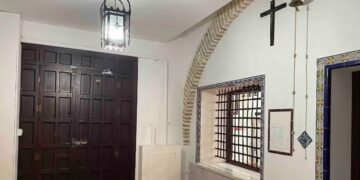




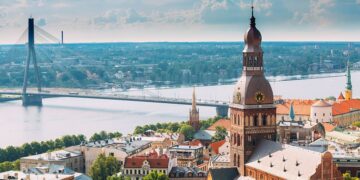
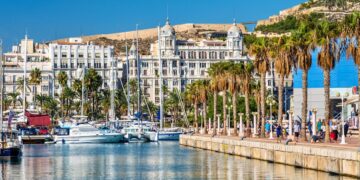




























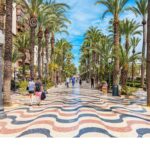
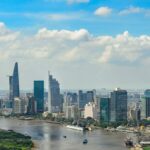
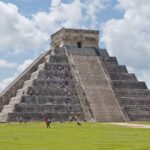
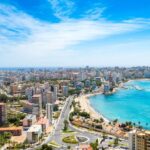
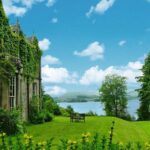
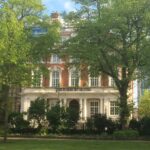
Wow, Kuldīga looks stunning! Adding it to my bucket list ASAP! 💯
I hate to burst your bubble, but Kuldīga is overrated. The charm wears off quickly and its just another tourist trap. Save yourself the disappointment and set your sights on a more authentic destination.
Latvias UNESCO heritage is cool and all, but have you seen their national dish? Rupjmaize is the real gem!
Wow, who knew Latvia had so much wilderness? Definitely adding it to my travel list!
I couldnt help but notice that the article didnt mention the best thing about Kuldīga – the unicorn population! 🦄
Oh, come on now! Unicorns? Really? Lets focus on the real attractions of Kuldīga, like its beautiful architecture, stunning waterfalls, and rich history. Unicorns may be magical, but lets keep the discussions grounded in reality, shall we?
I cant believe people are actually excited about visiting Kuldīga. Whats the big deal?
Wow, its a shame you cant see the beauty in Kuldīga. Maybe you should visit and experience the charm and history for yourself before judging. But hey, to each their own.
I dont get the hype. Kuldīga is just another overrated tourist trap. #NotImpressed
I couldnt disagree more! Kuldīga is an absolute gem. Its charming streets, breathtaking waterfalls, and rich history make it a must-visit destination. Maybe you just didnt take the time to explore its true beauty. #KuldīgaFan
Who needs UNESCO sites? Just grab a beer and enjoy the wilderness!